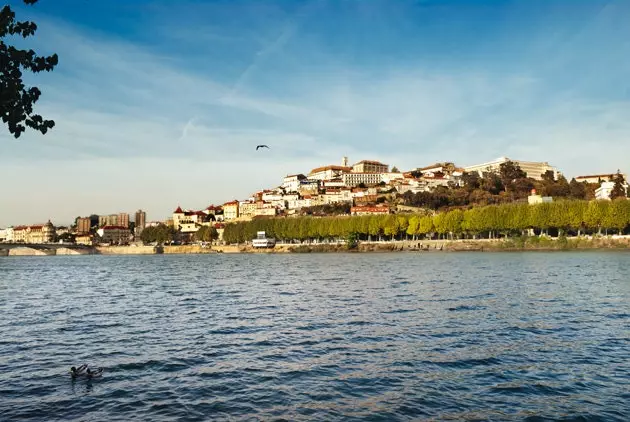
Coimbra, the artistic and university hill of Portugal
There are two ways to approach the history of Coimbra: one the chronicles written in the golden letters of the books of his Joanine Library . The other, the one in the corridors of the faculties and the lower town bars . The first tells us that there was a time (from 1139 to 1385) when Coimbra was the capital of Portugal, that several of its kings were born here and that its University (from the 13th century) was the first in the country. The second gives us all those unofficial statistics that outline his robot portrait: those that ensure that he has the longest night" and that more beer is drunk than anywhere else in Europe , those who state that their average age is the lowest in Portugal and those who try to prove 'scientifically' that there is no other place like it to study for an Erasmus year.
With both versions the biography of Coimbra is written , always accompanied by the systole and diastole of their students. Without them Coimbra would not be the same. Because they are the ones who impose their schedules (like the academic night on Thursdays), those that mark their prices (in many places you can eat for just over three euros) and those that give it its fresh and fun personality (which falls asleep on weekends, when many schoolchildren return home ) .
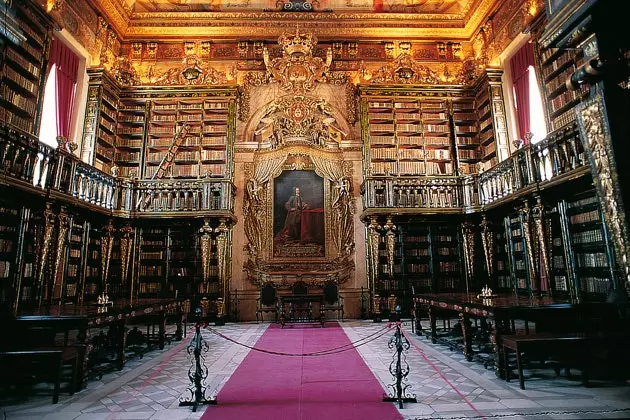
Joanina Library, the jewel of the University of Coimbra
THE LIVELY COLLEGE LIFE
The students rule so much in the city that they even have their own “republics” . Inherited from the medieval tradition, they are the university colleges where many of the Portuguese students reside. They are subsidized by the government and are governed by their own laws, which include a nice organization chart where there is no lack of different 'ministries' and 'portfolios'. Halfway between a commune and a conceptual art gallery , in contrast to the official cultural life –which is a lot, and goes through musical cycles, book fairs, and film festivals–, in these effervescent buildings the more indie aesthetic manifestations and social demands are championed . And all while surgeons, sculptors or notaries are being forged.
Because, despite the historical fame of its Faculty of Medicine, Coimbra has always been a city of arts and letters , muse of poets and even lineage of great fadistas. Unlike Lisbon , here they are men dressed in long black cloaks and their portraits adorn the walls of places like Fado ao Center (Rua Quebra Costas, 7), a temple of worship where half-hour shows are held every day (at 12:30 pm, 3:00 pm, 5:00 pm, 6:00 pm and 7:00 pm).
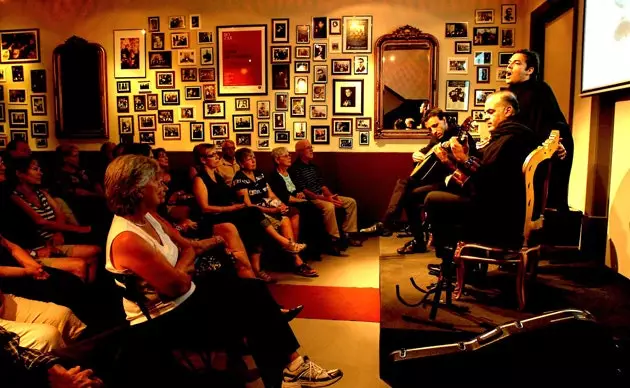
Fados, university students, arts and letters
Eight centuries have passed since the university foundation (to know everything about her you have to go to the Academic Museum ), but they have not been enough to forget many of the customs of that time, such as the burn feitas , a ritual that is celebrated in May and that consists of burning the ribbons of the togas of the students when they graduate. In each 'bonfire' a disappointment in love, a failed subject or a hard moment of the years of study are remembered. Just as emotional marble slabs from the Mirador de Penedo da Saudade, a romantic garden with views of Mondego in which great names of Portuguese literature have left poems that speak of their experiences in Coimbra.
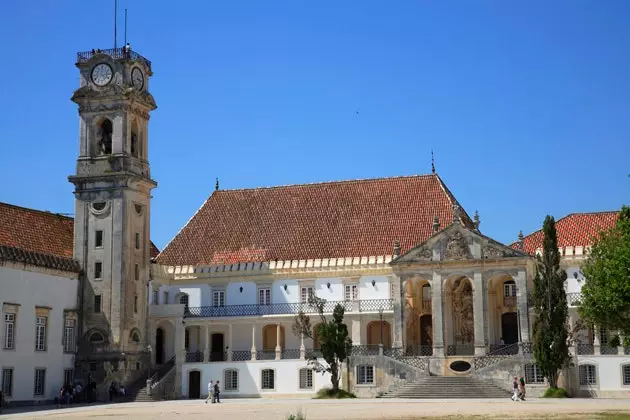
University of Coimbra
TO BUY
Like many other Portuguese cities, Coimbra is geographically divided into two parts. Commercial and leisure activities take place on the banks of the Mondego river , in the lower area. Uptown, on top of the Acáçova Hill , the intellectual world, the university buildings and its library are entrenched. Among the treacherous cobbled slopes, the small squares, the nooks and crannies that invite kisses and the pointed arches of the lower part, shops of a lifetime are hidden. They are haberdashery with a lady's name and flesh-colored clothes, you ‘multi-space’ stores where they sell Serra da Estrela cheese as well as wool socks, perfect for very cold days (which are not in short supply here), or the skeletons of an art deco shopping centre.
But in this spiral staircase that is this city with a false traditional appearance, there is also room for new business additions, that open and close based on the students' response. They appear unexpectedly between terraces that are improvised on any scale n (and what are the best places to take a Sagres very fresh when the good weather arrives, if you can't go to the Figueiras da Foz beach ), and exude freshness. In them there are surprising pieces of crafts, old books or musical instruments, clothes and colored shoes. In addition to decorations that play with the myth of the rooster and other national clichés, such as those sold in Anthrop , which is committed to unique objects, made in small spaces and of national production; or the selection of cans, boxes and old bottles of Portuguese Company (Rua Quebra Costas, 35), which evoke that healthy which we have heard so much about.
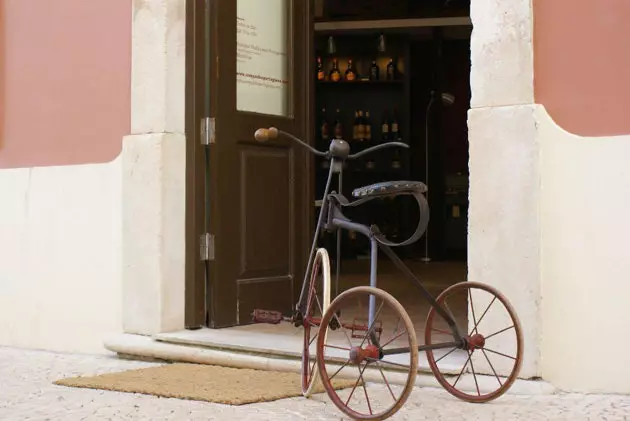
Saudade canned in old boxes and bottles
TO EAT
Smell serves as a guide at lunchtime and leads us by the hand to the restaurants and canteens , that, although they do not show any sign on the door, they have the tables dressed from the first hour, the dishes laid and the smell of the stew drawing mustaches through the window. Many are African, run by immigrants from former colonies, Cape Verde, Angola or Mozambique, where they can be eaten exotic delicacies for a few euros.
The Santa Cruz Coffee (Praça 8 de Maio), inaugurated on May 8, 1923 (in honor of the square) is an emblem in the city, frequented by university students who meet under its vaulted ceilings; To Cozinha (Rua das Azeiteiras, 65), a small and cozy restaurant where you can taste typical dishes of Portuguese cuisine and Salão Brazil (Largo do Poço, 3. 1o A) a place where you can dine to the rhythm of jazz.
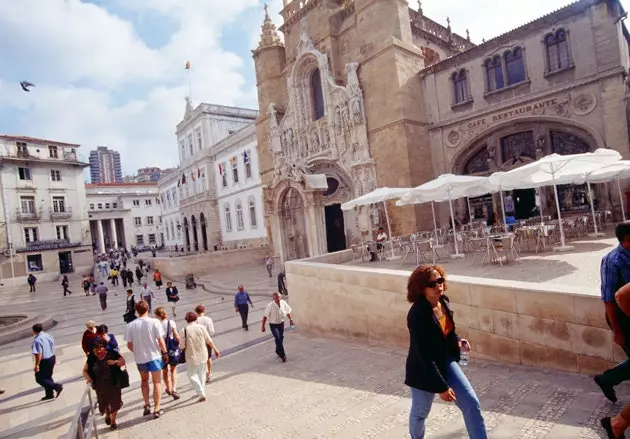
Plaza del 8 de Mayo, with the Café Santa Cruz reigning
A CITY ON A SLOPE
the stairway of Be Old , of the old cathedral, a 13th century fortress-church with the walls covered with Hispano-Arabic tiles, it leads to the neighborhood of the University. Other famous staircase, the monumental, is linked to a centuries-old legend, which ensures that the two bollards located on the sides will roll mercilessly at the passage of a virgin girl. At the moment, for some strange reason, they are still standing, and they are nothing more than the prelude to a set of buildings, patios and viewpoints that crown the university tower and that constitutes the greatest treasure of Coimbra. Although she is normally the protagonist of the most reproduced panoramas, from its 34 m height you can see the whole city (it is open to the public, from 11:00 a.m. to 3:00 p.m., prior reservation at [email protected], and in the afternoon for University students).
The visit to almost all the buildings of the complex is free, but you have to get a ticket to enter the Joanin Library a, the most important in Portugal, built in honor of João V with tropical woods. Thousands of books from the 12th to 18th centuries dealing with canon law, civil law, philosophy and theology cover its walls from top to bottom. Those of the Auditorium (Sala dos Capelos), however, are decorated with portraits of the Portuguese kings and their ceilings are fine coffered ceilings. No decoration is excessive , because the largest academic events are held here, including honorary doctorates.
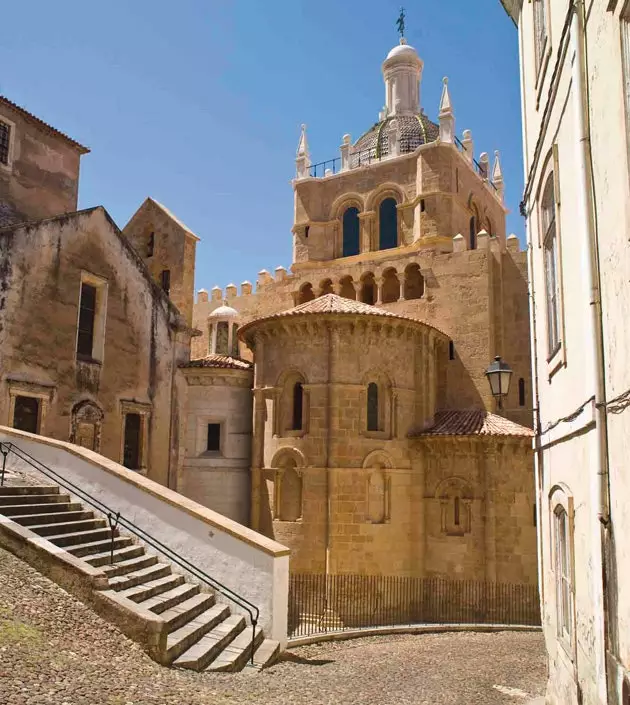
I know Velha, the old cathedral
The Praça da Porta Ferrea , from the 17th century, separates the old faculties from the new buildings, erected in the 1960s by Manuel Salazar, who replaced other Manueline and Renaissance buildings in a devastating reformist zeal. Following the long street , and leaving the Faculty of Sciences and Technology, the Department of Mathematics and the Botanical Institute on the right, you reach the Botanical Garden , the main green space (besides the Jardim da Sereia ) . On Saturdays (from 9 a.m. to 1 p.m.) there is a market of products from the orchards near the city: fruits, vegetables, aromatic herbs... and even all kinds of medicinal plants . The students of Coimbra are supplied with them . Its effects are good to alleviate the nerves prior to the exam. And also the subsequent excesses.
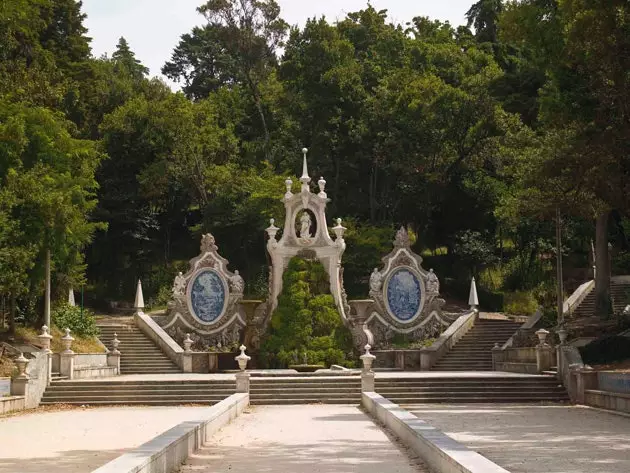
Jardim da Sereia
CROSSING THE BRIDGE: PASSIONS, INSPIRATION AND ENTERTAINMENT
To have the complementary view to the one obtained from the tower of the University (that is, the one of the old city and the tower itself), you have to go down to the Santa Clara bridge , on the banks of the Mondego River. In spring, at sunset, much of the action shifts here: l he bars and terraces, the amateur fishermen and the students who come to give the last review of their exam on their poplar-covered walk.
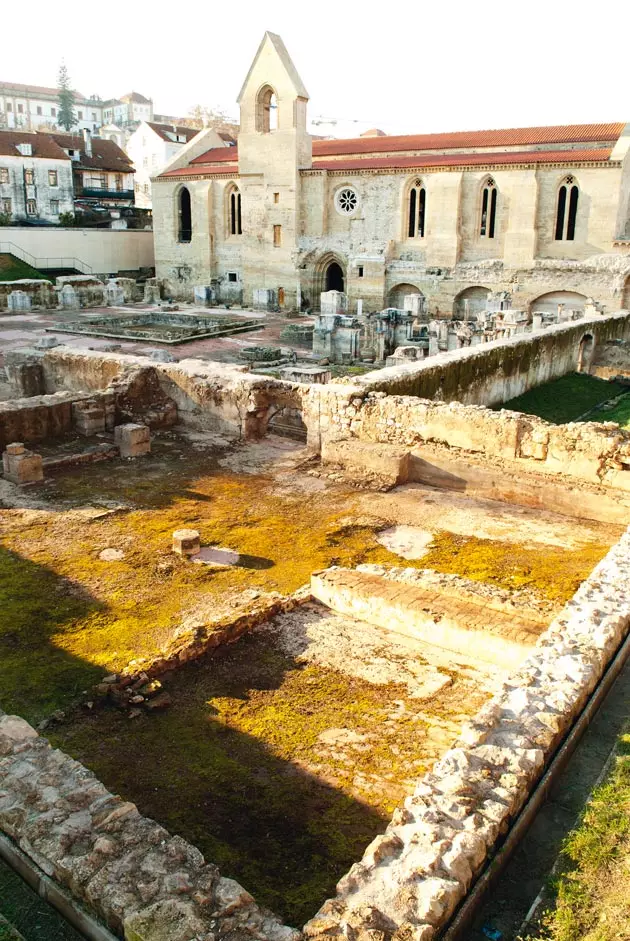
Convent of Santa Clara-a-Velha
On the south bank is the convent of Santa Clara-a-Velha , where Inés de Castro lived, which was reopened to the public after a restoration in 2009, and very close to it the place that was the scene of the stormy and tragic romance between her and Dom Pedro, which ended with the death of the lady. Hence the name of what has now become one of the best hotels in Portugal, the Hotel Quinta das Tears . In it, history can be felt in every corner of it: from the rooms in the garden, witnesses of the romantic death of the princess of Portugal, to the ‘quarters of the Palace’ , where the Duke of Wellington or King Don Miguel have stayed. Behind the hotel is the theme park Portugal two little ones . In addition to reviewing the architecture of Portugal, Coimbra and the Portuguese-speaking territories, there are three miniature museums: of the suit, the sea and the furniture.
This report was published in monograph number 68, 'Portugal, intact beauty'.
*** You may also be interested in...**
- Libraries not to study
- 14 universities where the 'back to school' is not a trauma
- The cod route (by Portugal)
- Azulejos, cafes and fado: a guide to revisit the three essentials of Portugal
- All the articles of Arantxa Neyra
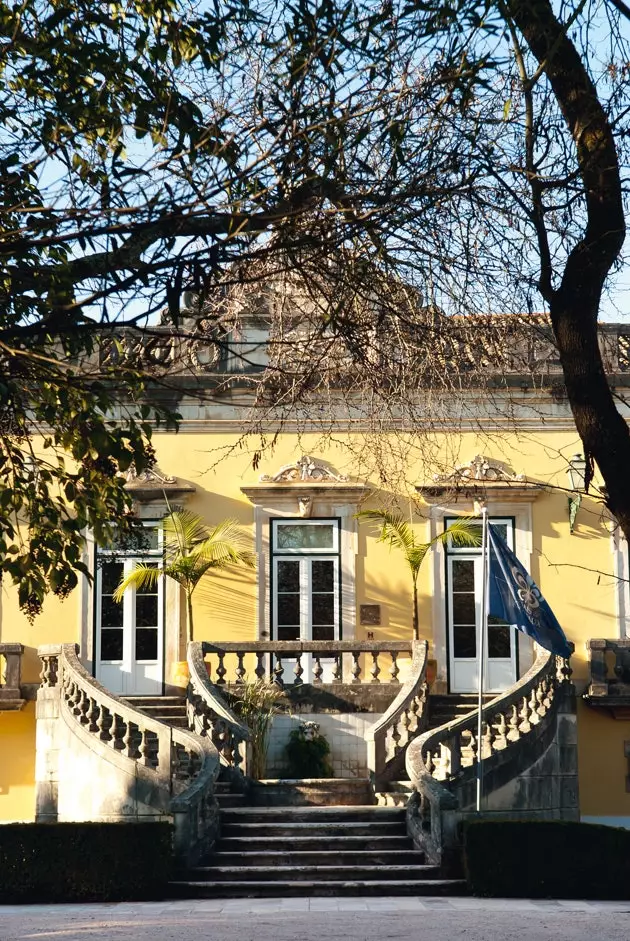
Hotel Quinta das Tears
